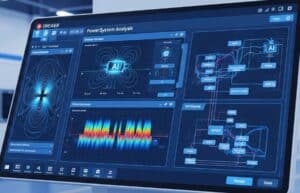
Online AI tools are rapidly transforming electrical engineering by augmenting human capabilities in circuit design, system analysis, electronics manufacturing, and power system maintenance. These AI systems can process vast amounts of simulation data, sensor readings, and network traffic, identify complex anomalies or performance bottlenecks, and generate novel circuit topologies or control algorithms much faster than traditional methods. For instance, AI can assist you in optimizing PCB layouts for signal integrity and manufacturability, accelerate complex electromagnetic or power flow simulations, predict semiconductor device characteristics, and automate a wide range of signal processing and data analysis tasks.
Die nachstehenden Aufforderungen helfen beispielsweise beim generativen Entwurf von Antennen oder Filtern, beschleunigen Simulationen (SPICE, EM-Feldsimulationen, Stabilitätsanalysen von Stromversorgungssystemen), helfen bei der vorausschauenden Wartung, bei der KI Sensordaten von Leistungstransformatoren oder Netzkomponenten analysiert, um potenzielle Ausfälle vorherzusagen, was eine proaktive Wartung ermöglicht und Ausfallzeiten minimiert, helfen bei der Auswahl von Halbleitermaterialien oder optimalen Komponenten (z. B. Auswahl des besten Operationsverstärkers für bestimmte Parameter) und vieles mehr.
- Diese Seite ist spezifisch für eine Domain. Bei Bedarf können Sie in unserer > Suchmaschine nach allen Domains und allen Kriterien suchen. AI Prompts Verzeichnis <, die sich dem Produktdesign und der Innovation widmet.
- Angesichts der Server-Ressourcen und des Zeitaufwands sind die Eingabeaufforderungen selbst nur registrierten Mitgliedern vorbehalten und unten nicht sichtbar, wenn Sie nicht angemeldet sind. Sie können sich registrieren, 100% kostenlos:
Mitgliedschaft erforderlich
Sie müssen Mitglied sein, um auf diesen Inhalt zugreifen zu können.






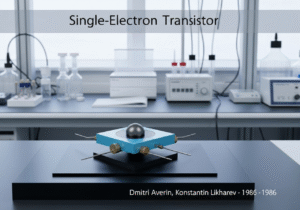
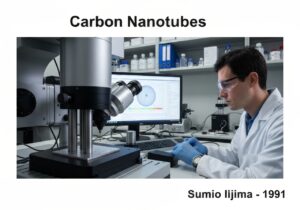



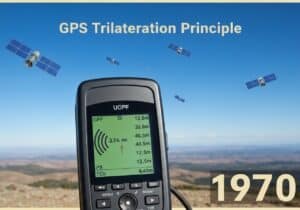



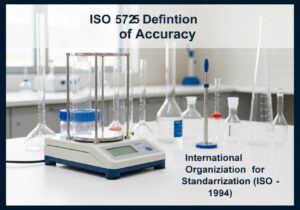










Hängt die Wirksamkeit der KI bei der Erstellung von Aufforderungen weitgehend von der Qualität der Eingabedaten ab?
auch technische Projekte? Auch darüber sollten wir diskutieren.
KI ist keine magische Allheilmittel-Lösung!
Verwandte Artikel
Neueste Veröffentlichungen & Patente zu Perowskiten
Neueste Veröffentlichungen und Patente zu Graphen
45+ Wissenschaftstricks für Spiele und Marketing: Datengesteuerte und statistische Tricks
Use or Abuse 25 Cognitive Biases in Product Design and Manufacturing
Überarbeitete NIOSH-Hebegleichung in der Bankergonomie
Dark Web vs. Darknet vs. Deep Web: 101 und mehr